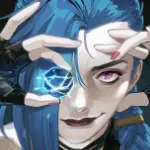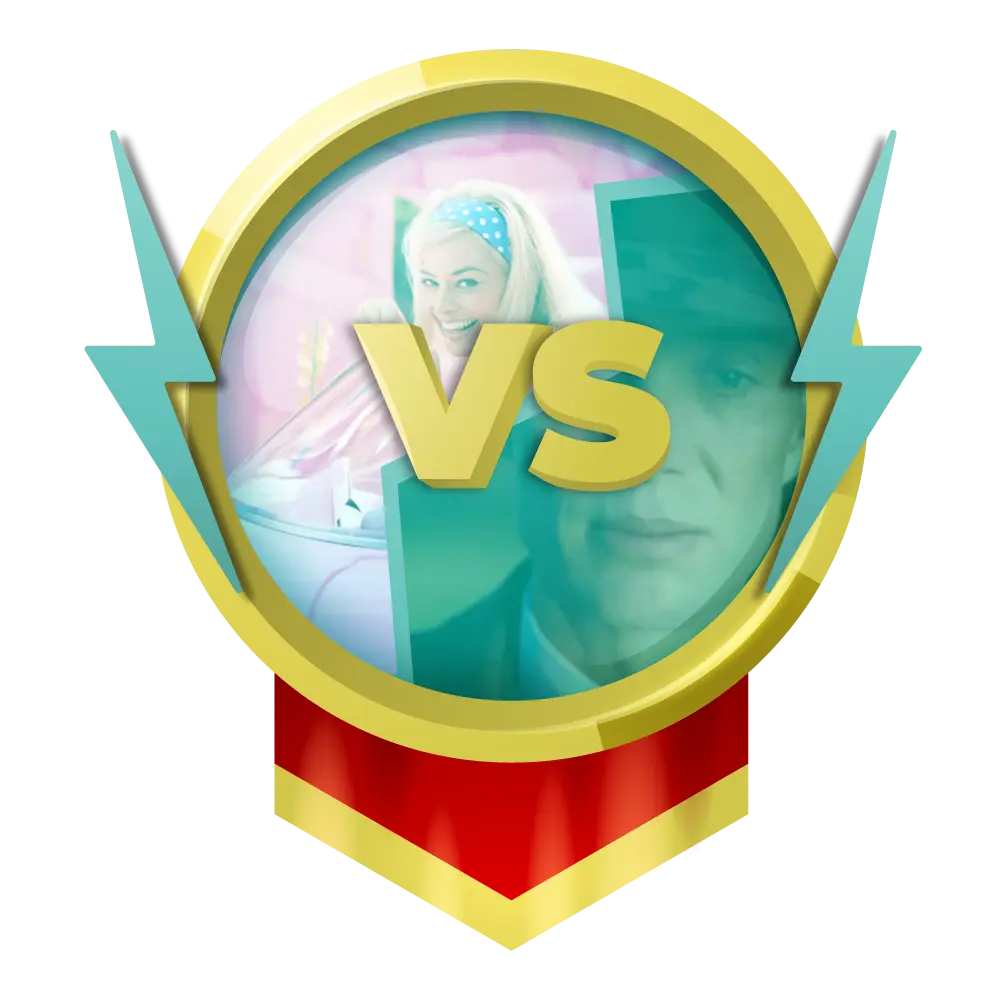
At this year’s Berlinale, one of the most successful films in Japanese cinema history celebrated its 70-year-old birthday with the world premiere of the latest 4K restoration version in the “Berlinale Classics” section. In “Godzilla” (1954), directed by Ishirō Honda, this prehistoric creature, awoken and empowered by nuclear radiation, made its first appearance and the film kickstarted the franchise and set the tone for many subsequent entries. Thereafter, it became one of the most iconic monster characters in pop culture. comics and film industry, both in Japan and the US.
In Japan, production of films featuring Godzilla experienced several eras and continued to the present, witnessing the introduction of other famous monsters like Mothra, Rodan, and King Ghidorah into the world, as well as the wavering of Godzilla’s image, between a purely evil destructive force as a metaphor for nuclear weapons and a patron saint protecting mankind from other threats.
Beginning with "Godzilla" (2014), directed by Gareth Edwards, the Legendary Monsterverse, based on all of the previous works from Japan, features Godzilla and other iconic monsters like King Kong in a shared cinematic universe, where the latest work “Godzilla x Kong: The New Empire” was also released this year. Series in this universe presents a more modern and visually stunning take on the Godzilla mythos, with cutting-edge special effects and a focus on epic, large-scale battles between monsters.

Before the screening of “Godzilla” at Berlinale, a short clip from Takashi Yamazaki (“Parasyte”), director of “Godzilla Minus One” was played, where he talks about the impact of the original “Godzilla” on him in childhood, and how this Japanese latest work featuring Godzilla, is a homage to the original one in its 70th anniversary.

As he explained himself, “It is titled so because Japan was experiencing its lowest point after World War II, at zero after losing everything in the war and suffering from the effects of the Hiroshima and Nagasaki atomic bombings. Godzilla’s destruction pushed the nation to a ‘Minus One’.”
"Godzilla Minus One" pays homage to the original Godzilla film through its rhythm and plot design, although it is much more chaotic. Both films feature Godzilla's early appearance in the first scene, followed by a period of character and background introduction before Godzilla attacks Tokyo, causing havoc. The main characters then struggle psychologically, reflecting humans' internal conflicts when confronted with a destructive force like Godzilla. They also develop plans to eradicate Godzilla. By comparing these elements to the original work, we can extract underlying intentions from "Godzilla Minus One," which has been criticized for its ambiguous political orientation.

Similarly, Godzilla is depicted as a powerful, evil, and unstoppable monster. Unlike in the original, this film focuses less on Godzilla's role as an ancient creature with scientific significance and downplays its symbolic connection to nuclear explosions. Instead, the film briefly mentions "radiation intensity" in the news and visually references nuclear imagery, such as "mushroom clouds" caused by Godzilla's atomic breath and "black rain" falling after Godzilla's attacks, reminiscent of the aftermath of a nuclear attack.

However, without depicting any specific destructive effects on human bodies as in the original work, plus the miraculous and absurd survival of the heroin from the shock waves caused by “the atomic breath,” Takashi Yamazaki’s obsession with conveying the philosophy of “winning the battle still in a Kamikaze way, but with everyone alive” in “Godzilla Minus One” overwhelms the rational left-wing anti-war and anti-nuclear weapon ideology from the original work.

Likewise, a magical strategy for victory in battle is adopted. The original work imagines the possibility that a Japanese scientist develops a kind of more advanced destructive weapon and questions the justifiability of using it. The scientist finally decides to utilize it to kill Godzilla, with the prerequisite of burying himself together with the weapon deep under the sea, such that no one could get access to it again. Through such individual heroism, Japanese creators expressed the theme of anti-nuclear weapons by putting themselves, the previous and only victims of the atomic bombings, in the position of wielding super weapons and affirming their refusal to preserve or use them, except for Godzilla.

In this film, Godzilla's attacks, which are fought against using warships and airplanes, are more reminiscent of the bombings of mainland Japan by US air forces during the later stages of World War II. This portrayal suggests a less direct connection between Godzilla and nuclear weapons, especially as Godzilla emerges from the sea, much like the US bombers that departed from aircraft carriers far from Japan's mainland.

Godzilla conveniently appears after the protagonist avoids combat at the end of WW II, and the scenario where he avoids battle again, causing almost all battle companions to die, completes the audience's imagination of his previous situation in the war against the US. The figure of Godzilla coincides with that of the US military in a sense. In the scene right after he comes home, his neighbor, played by Sakura Ando, delivers an important line - "It's because of the failure of your Kamikaze team that we were bombed." Godzilla's destruction of Ginza reproduces this description, allowing the protagonist to achieve dual revenge.
Compared with the original “Godzilla,” this work undoubtedly regresses to “-1.0” in terms of theme if the original theme is at the level of “1.0.” One could also argue that, in the era of the original one (1954), people had enough time after the end of WW II to digest the emotional injuries and reflecting themselves rationally, while setting this work in the era right after the end of World War II could provide a justification for the remnants of people’s wartime state of stress depicted in the film and leave no room for deeper themes other than renouncing Kamikaze (suicidal) combat strategy. In other words, how could people rationally behave for a nobler purpose when facing the incoming Godzilla under the premise of just having been defeated and severely damaged by the US military?
However, we need to keep in mind that the creator lives in the present, and we shouldn’t give up on pondering over this question: is he exploiting the stimulated collective mental state of Japanese society in a certain era to convey some other idea regarding the present world, or simply, trying to explore a different Godzilla story and frankly imagine what would happen?







































View replies 0
View replies 0
View replies 0
View replies 0